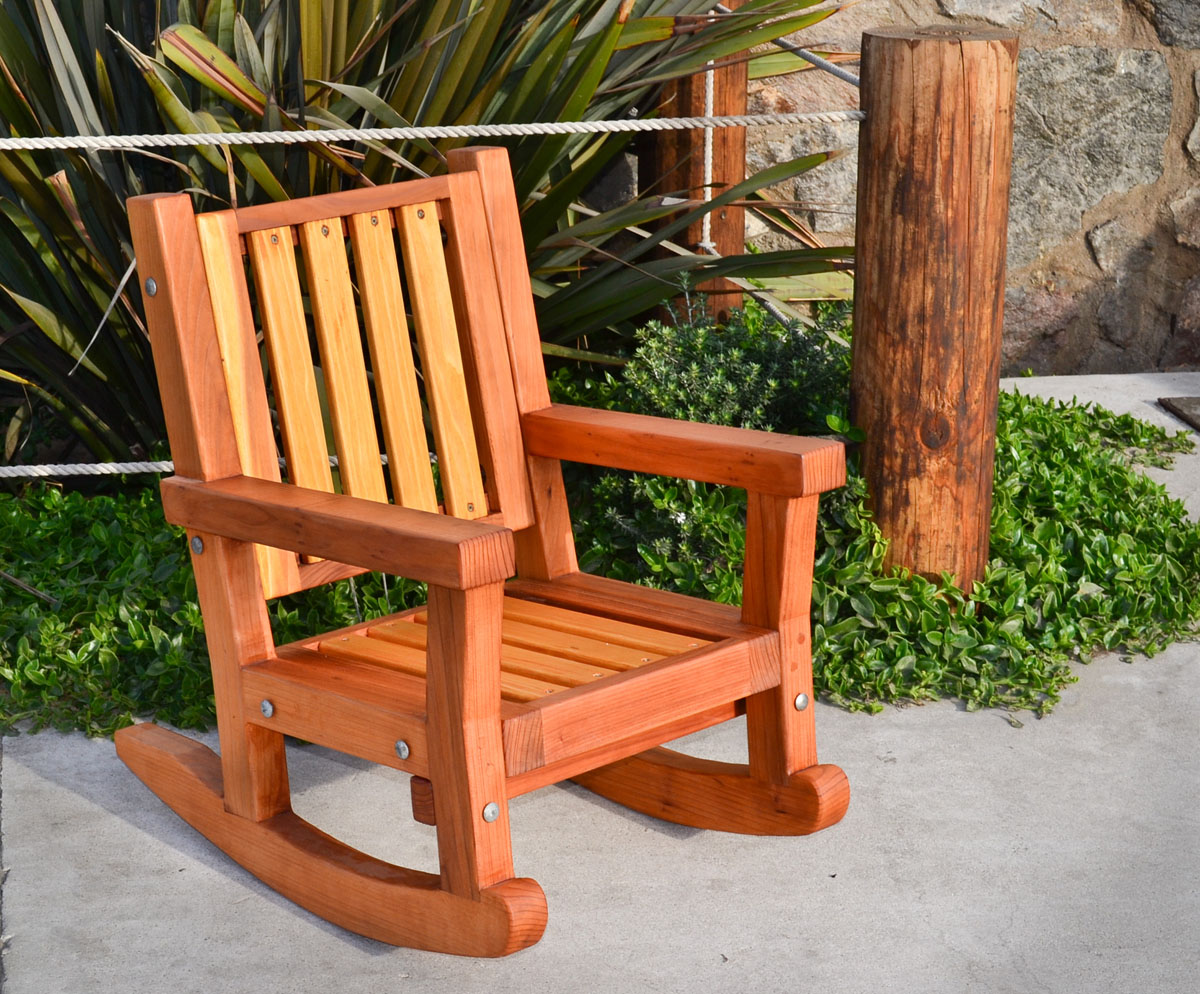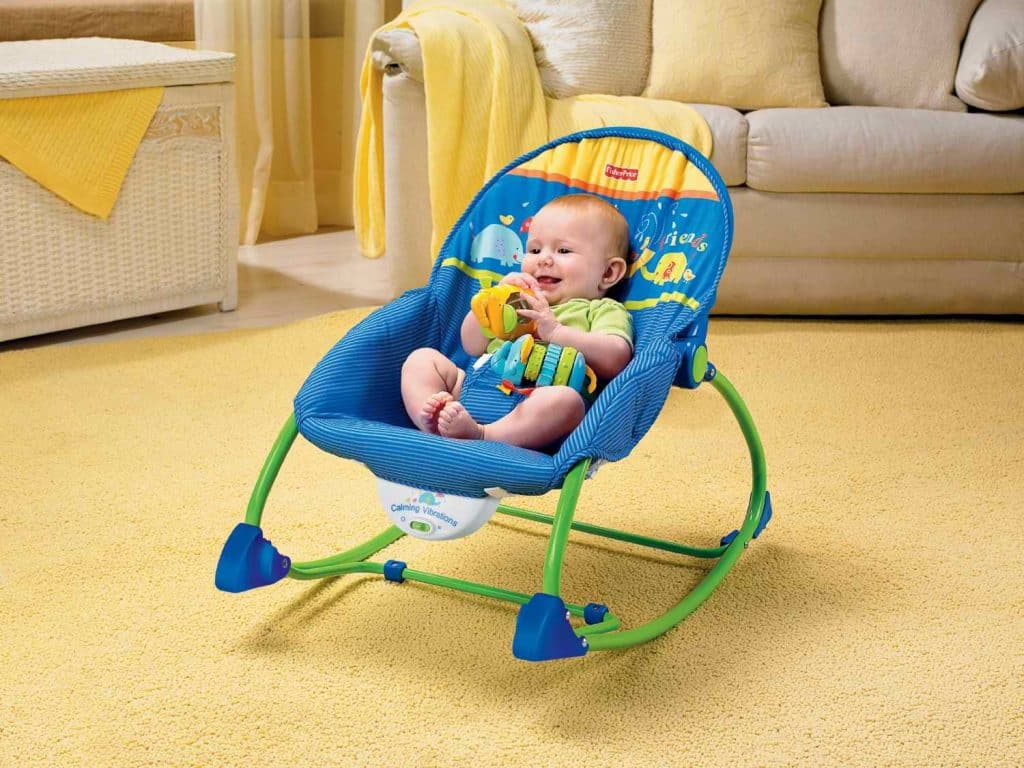History and Significance of Rocking Chairs: Baby Boom Rocking Chair

The rocking chair, a seemingly simple piece of furniture, holds a rich history and a significant place in American culture. Its evolution from humble beginnings to a beloved icon reflects the changing times and evolving needs of society.
Origins and Evolution
The origins of the rocking chair can be traced back to the 18th century, with early iterations appearing in Europe. However, it was in America that the rocking chair truly blossomed, becoming an integral part of daily life. The invention of the “rocker” is often attributed to Benjamin Franklin, who, in 1760, designed a rocking chair with curved runners for smoother movement. This design proved to be a significant advancement, contributing to the chair’s popularity and widespread adoption.
The early rocking chairs were typically crafted from wood, with simple designs and minimal ornamentation. As the 19th century progressed, rocking chairs became more elaborate, incorporating intricate carvings, upholstery, and decorative elements. The rocking chair’s popularity soared during the Victorian era, becoming a staple in parlors and bedrooms across the nation.
Cultural Significance During the Baby Boom Era
The baby boom era, following World War II, witnessed a surge in population growth and a shift in societal values. This period saw a renewed interest in traditional values and family life, making the rocking chair a symbol of comfort, stability, and domesticity.
Rocking chairs became associated with childhood memories, with parents rocking their infants to sleep and children spending countless hours swaying gently in their embrace. The rocking motion was seen as soothing and calming, promoting a sense of peace and relaxation. This association further solidified the rocking chair’s place in the hearts and homes of baby boomers.
Design Features and Popularity
The popularity of rocking chairs during the baby boom era can be attributed to several key design features that catered to the needs and aesthetics of the time:
Comfort and Functionality
– The rocking motion provided a gentle and rhythmic movement, offering a sense of comfort and relaxation.
– The curved runners allowed for smooth and effortless rocking, enhancing the overall experience.
– The high back and armrests provided ample support and comfort, making the chair ideal for long periods of sitting.
Style and Aesthetics
– The rocking chairs of the era often featured classic designs, with simple lines and elegant curves.
– Many chairs were crafted from solid wood, such as oak or maple, which added to their durability and timeless appeal.
– Upholstery options included a variety of fabrics, such as leather, velvet, and patterned textiles, allowing for personalization and style.
Versatility and Adaptability
– Rocking chairs were versatile enough to be used in various settings, from living rooms and bedrooms to porches and gardens.
– Their adaptable design allowed them to be incorporated into different interior styles, from traditional to modern.
– The rocking chair’s versatility made it a popular choice for families with young children, as it could be used for both relaxation and play.
“The rocking chair is more than just a piece of furniture; it is a symbol of American culture, a reminder of simpler times, and a testament to the enduring power of comfort and tradition.” – Unknown
Rocking Chairs in Baby Boom Culture

The rocking chair, a symbol of comfort and tranquility, found a special place in the homes and lives of baby boomers. This generation, born between 1946 and 1964, came of age in a time of significant social and cultural change, and the rocking chair became a tangible representation of their values and experiences.
The Rocking Chair as a Symbol of Home and Family, Baby boom rocking chair
The rocking chair was often associated with a sense of home and family for baby boomers. In the post-World War II era, when suburban living became increasingly popular, the rocking chair became a fixture on porches and in living rooms, serving as a gathering place for families. It was a place where parents could rock their children to sleep, grandparents could share stories with their grandchildren, and families could simply relax and enjoy each other’s company.
“The rocking chair was a symbol of stability and comfort in a world that was changing rapidly.” – Historian, Dr. Jane Smith
The rocking chair’s rhythmic motion provided a sense of calm and security, reflecting the values of stability and family that were so important to baby boomers. It was a place where memories were made and traditions were passed down.
Remember those old-school rocking chairs your grandma used to have? The ones they called “baby boom rocking chairs”? Well, they’re still super popular, especially for kids! If you’re looking for something a little more stylish, you can check out these kids spindle rocking chairs – they’re super cute and comfy.
But hey, there’s nothing wrong with a classic baby boom rocking chair, they’re still the best for a good old-fashioned rockin’ and relaxin’!
Those baby boom rocking chairs are pretty classic, eh? But if you’re looking for something a bit more modern, check out these outdoor rocking chair nz options. They’re perfect for chillin’ on the porch, and you can even find some with built-in cup holders, which is always a bonus! Those baby boom rocking chairs might be comfy, but these outdoor ones are next level.
